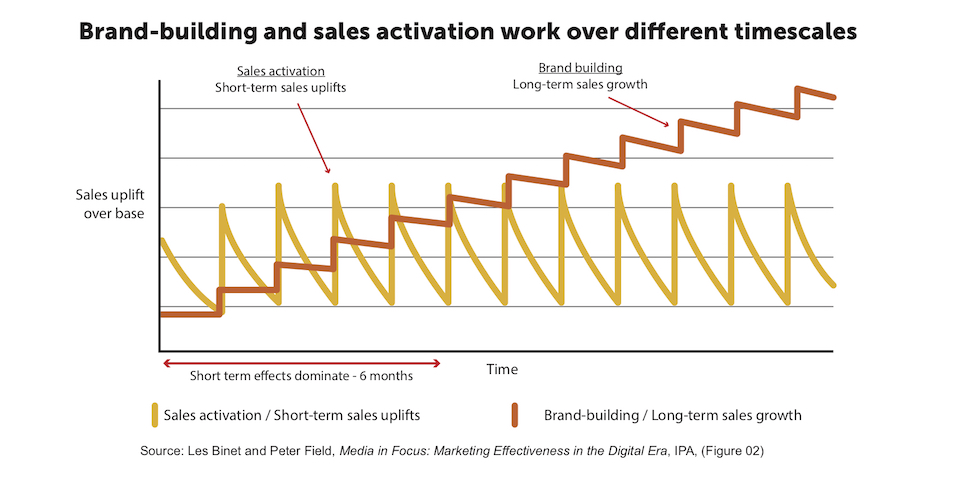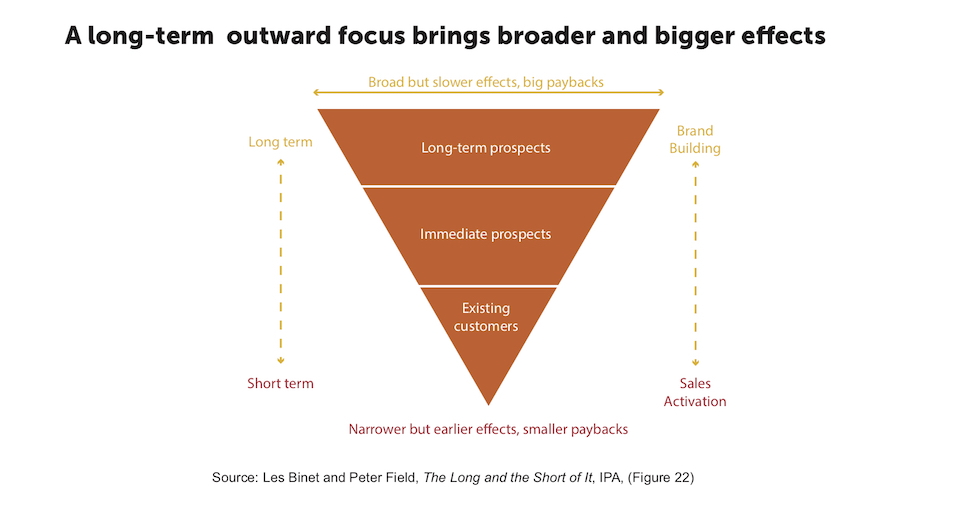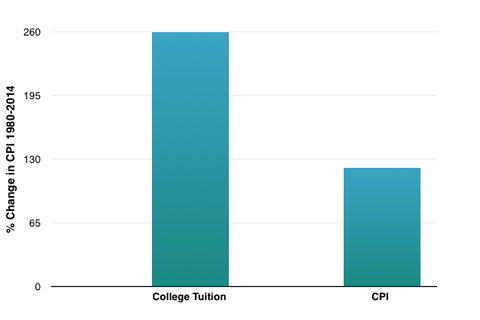When you create a great white paper, infographic, video, etc., the reach of your network through emails, social media, your website traffic, and so on may not be enough to take full advantage of it. That’s where content syndication comes in.
Content syndication is a method to get your content on other sites, such as as a guest blog post. But in my experience, based on having written guest blog posts for many leading business/marketing sites, only about 2% of the people who read your post there will click through to your site.
To get better results, and to generate useful leads, you may need to use a paid content syndication campaign.
The first step is to create the content that your target audience would be interested in. If you sell to an expert B2B market, you may need an advanced level white paper. To reach an entry level consumer, though, a basic guide or configurator may be more appropriate.
The sites and services that you use to syndicate your content will, of course, be totally different depending on your industry. But once you figure out which sites and services to use, you can investigate their services.
The worst is something like Outbrain (which I mistyped as “Outbrand”, but that may be more accurate) which shows links to those terrible, spammy articles at the end of many online news stories. But some of the best publishers in the world have their own content industry-specific syndication programs that you can use to reach an audience with your high value content. This may be done through online ads tied to appropriate site content, emails, or even teleprospecting.
For advanced programs, you can ask people a question before they’re allowed to download your content, making it even more likely that the downloads that you’re paying for are qualified leads.
Key to success is having a sales team ready to jump on these new leads as soon as you get them. A two-week old lead is dead; no one will remember downloading your content then. You must act quickly to be successful.
This may sound a bit general, but that’s only because how you execute a content syndication lead generation program can vary so much from company to company and industry to industry. Working out the specifics for your company is where your marketing team, agency, and/or consultant come in.



